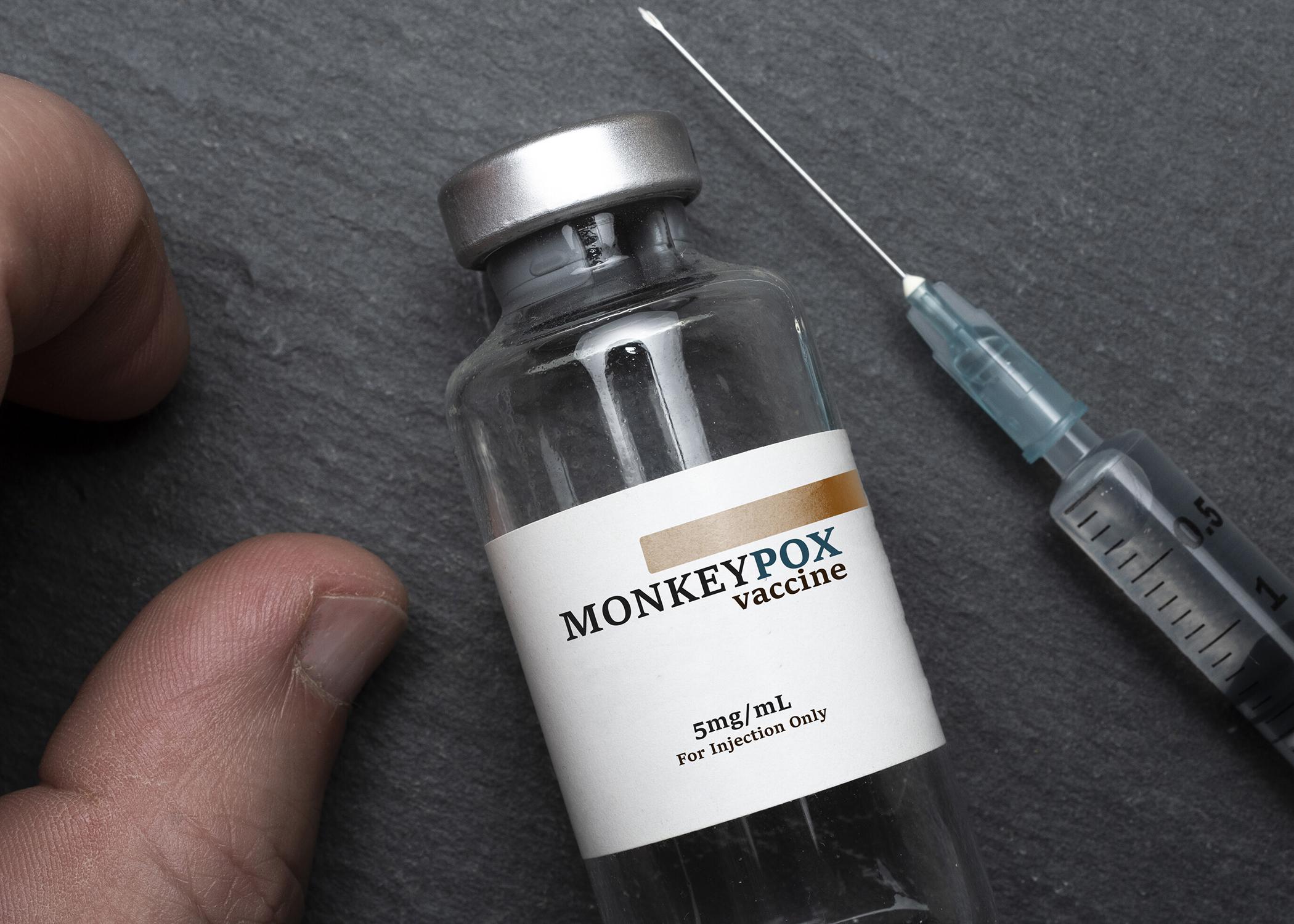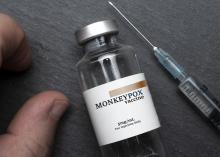Information Possibly Outdated
The information presented on this page was originally released on July 27, 2022. It may not be outdated, but please search our site for more current information. If you plan to quote or reference this information in a publication, please check with the Extension specialist or author before proceeding.
Mississippi reports first monkeypox case
STARKVILLE, Miss. -- Though monkeypox is not as easily spread as COVID-19, it has become a public health concern as documented case counts approach 4,000 nationwide.
The monkeypox virus is part of the same family of viruses as smallpox. Monkeypox symptoms are similar to smallpox symptoms but milder. Infections in this outbreak are from the West African type, which has an infection fatality rate of 1% and is considered the milder of the two types of the virus.
“The most signature symptom is a rash that looks like large blisters or small pimples on the face, appendages, chest or genitals,” said David Buys, state health specialist with the Mississippi State University Extension Service. “Other symptoms include headaches, fever, chills, swollen lymph nodes and exhaustion.”
The Centers for Disease Control reported the first case in Mississippi on July 25, but precautions already taken to prevent the spread of other diseases are expected to limit the spread of this virus in the state. These steps include washing hands or using alcohol-based hand sanitizer and avoiding contact with people who have monkeypox.
The first human case reported this year was in May in the United Kingdom. A British tourist noticed a rash after returning from a trip to Nigeria. On July 23, the World Health Organization declared a public health emergency of international concern after cases were identified in more than 60 countries.
Rick Kilgore, associate director of MSU-Meridian’s physician assistant program, said anyone can contract monkeypox.
“There is misleading information from various sources stating that monkeypox is a sexually transmitted disease and that only men can get monkeypox by having sex with other men. That is incorrect,” Kilgore said. “The virus can spread from person to person through direct contact with the infectious rash, respiratory secretions during prolonged face-to-face contact or during intimate physical contact.”
According to the CDC, it is possible for humans to contract monkeypox by being scratched or bitten by infected animals. Preparing or eating meat and using products from an infected animal can also spread the virus.
Kilgore’s background includes the development of vaccines. He served on the research team in 2000 that helped develop and test the smallpox vaccine that replaced the aging stockpile of vaccines stored in the U.S.
“Over 300 million doses were produced to replace the U.S. Strategic Stockpile of vaccines for smallpox,” he said. “The U.S. Strategic Stockpile of vaccines also contains the monkeypox vaccine.”
Two vaccines licensed by the U.S. Food and Drug Administration are available for preventing monkeypox infection: JYNNEOS and ACAM2000. People can be vaccinated after exposure to monkeypox to help prevent illness.
“This is a ‘live’ virus vaccine, administered similarly to the smallpox vaccine,” Kilgore said. “This is quite different from influenza or COVID vaccination. Therefore, it is more difficult to handle and administer compared to the long lines of individuals we saw lined up to receive the COVID-19 vaccinations.”
Kilgore said the standard vaccination strategy being used in the U.S. is a preventative medical treatment known as post-exposure prophylaxis (PEP).
“If given between 4 and 14 days after the date of exposure, vaccination may reduce the symptoms of the disease but not prevent it,” he said. “However, when coupled with self-isolation and other prevention measures when symptoms first occur, PEP is important for controlling outbreaks and preventing further transmission.
“The CDC recommends that the vaccine be given within 4 days from the date of exposure for the best chance to prevent the onset of the disease,” he said.
More information on prevention, symptoms and treatment is available at https://www.cdc.gov/poxvirus/monkeypox/index.html.




